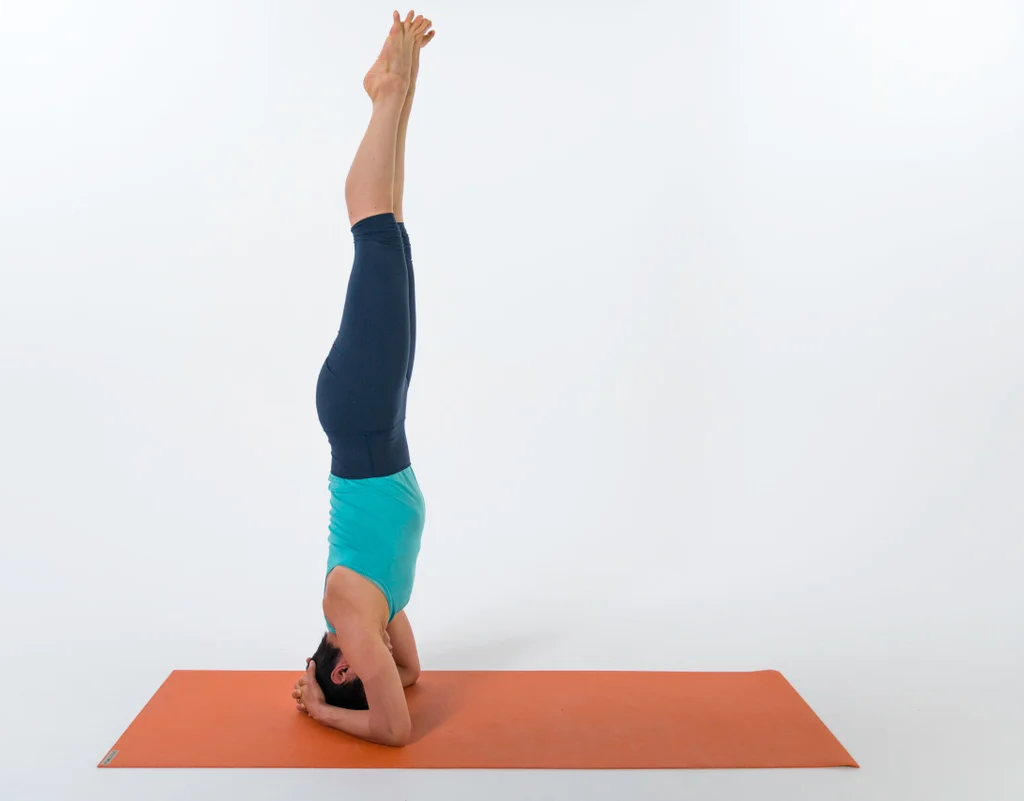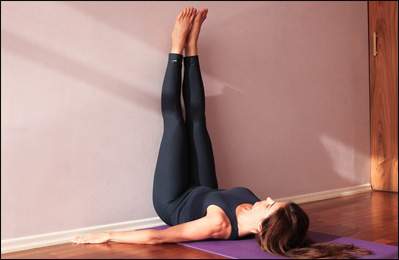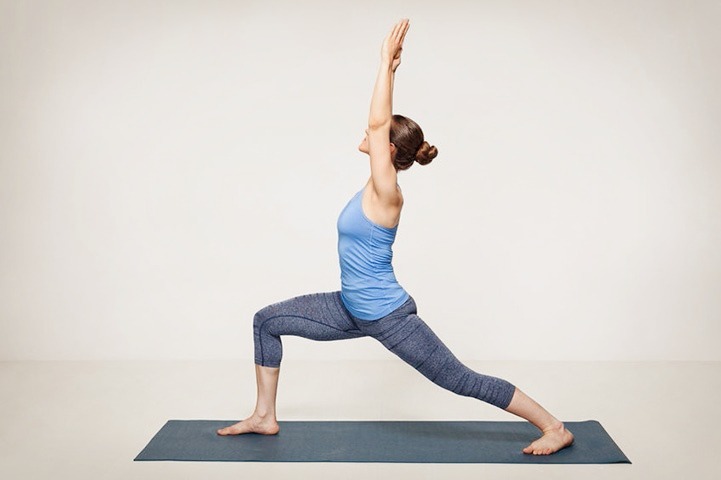The lion pose is one of the most popular poses in yoga. It’s also known by a variety of alternate names. In some traditions, it’s called the cat, tiger, or beast pose. Regardless of what you call it, this pose has many benefits for your body and mind.
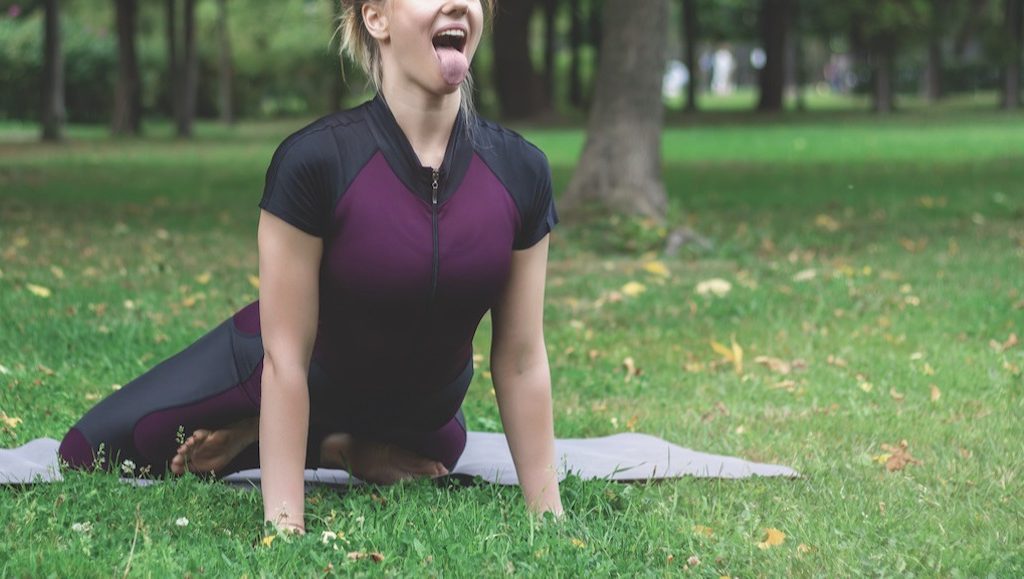
If you’re new to yoga or have struggled with other poses in the past, you may be surprised to learn that the lion pose is challenging on so many levels. Not only does it require flexibility and stamina, but it can also be intimidating because of its resemblance to an animal growling or roaring.
However, once you get used to it and understand how to do this pose effectively, it’ll become one of your favorites!
What is the Lion Pose?
The most common name for this pose is the lion pose, but it is sometimes also referred to as the cat pose, the tiger pose, or the beast pose. It is named after the sound of a lion roaring since the pose resembles the physiology of a roaring lion.
It can be very challenging to do the pose because it requires a significant amount of flexibility and strength. The location of the pose is usually on a yoga mat, but it can also be done on grass, a yoga blanket, or even a carpet! You can do the pose almost anywhere as long as you have enough space and are comfortable enough to stay there for a while.
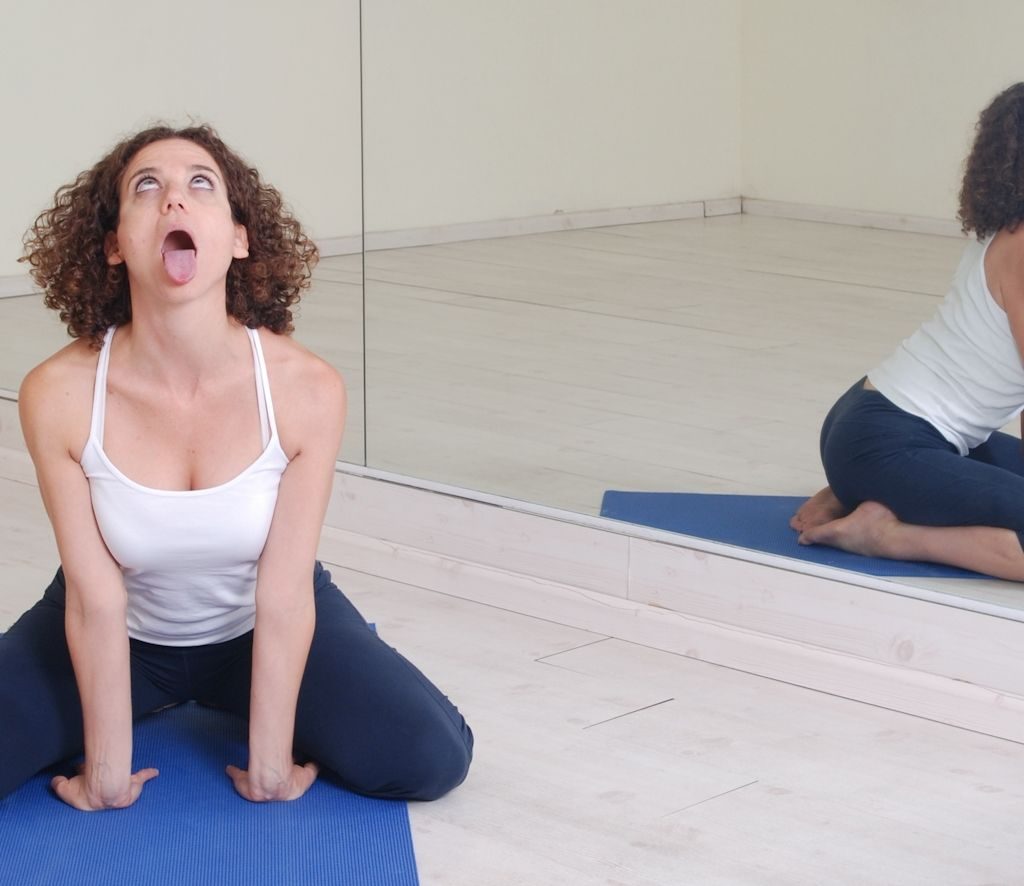
Doing the pose in nature is especially satisfying because it allows you to connect with the world while still being inside your own body.
How to Do the Lion Pose?
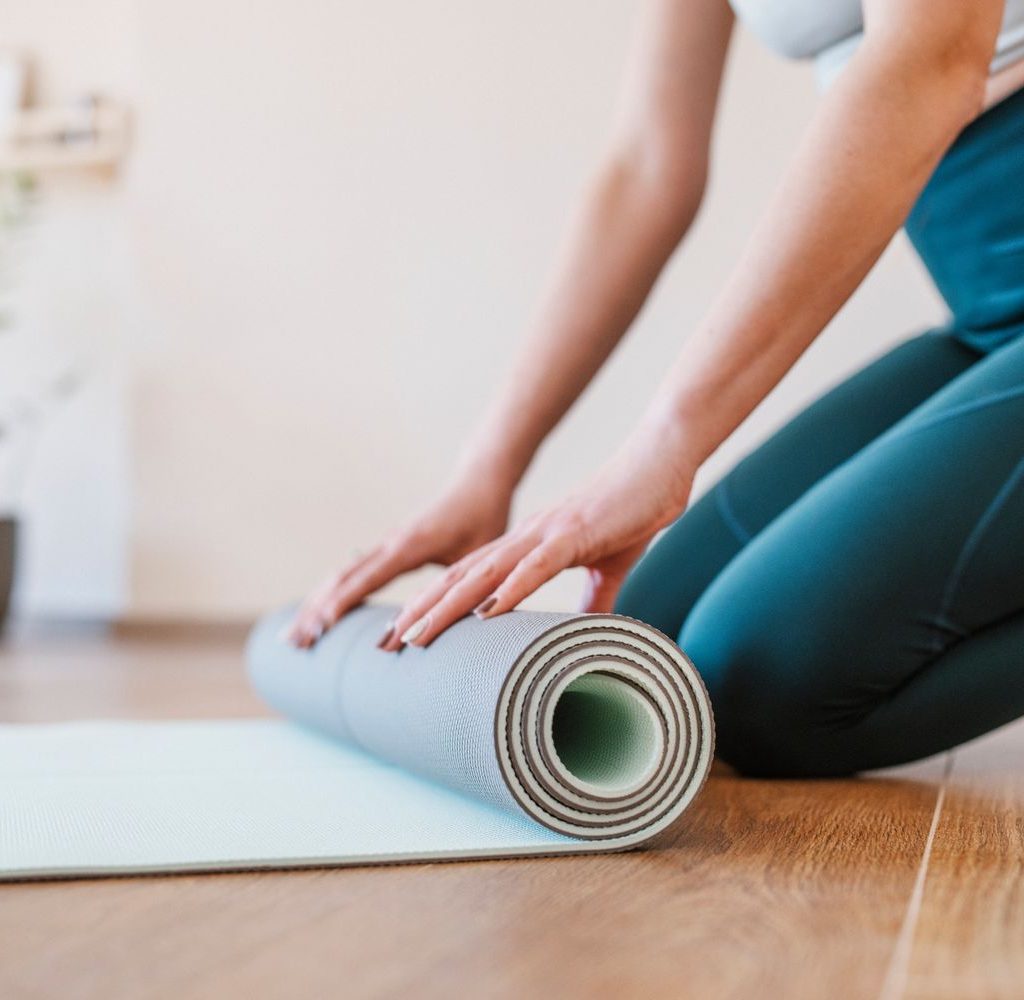
The lion pose is a seated pose with a lot of twists and turns, so we recommend that you practice it after you’ve opened up your body with some warm-up poses. You can also do it as a cool-down pose at the end of your practice.
- The first thing you want to do is take a seat. You can sit on a yoga mat, a blanket, or a cushion. Sit on a stool if you have knee issues or back pain.
- Bend your knees and place your feet on the ground. If you have knee issues, you can place a blanket or cushion between your thighs and calves.
- Place your hands on your knees. You can keep your palms facing up or down. Make sure to open up your shoulders and keep them away from your ears.
- Make sure your head is lifted up and away from your shoulders. Keep your head in line with the rest of your spine.
- Draw your navel towards your spine, and lift up your chest. Keep your shoulders wide and your hands relaxed.
- Once you’ve got yourself seated, take a few deep breaths. Relax into your seat and let your body ease into the pose.
If you’re comfortable enough, you can close your eyes to enhance your relaxation. Keep your focus on your breath, and allow your body to be fully present in the moment.
You can find out the detailed guide on the right way to do Lion Pose by Yog4Lyf’s yoga instructor, Mr. Rahul.

Tips for doing Lion Pose right

-If you have knee issues, try placing a blanket or a cushion between your thighs and calves.
– Focus on pressing your palms and fingertips into the floor and rolling your shoulders back as you lift up.
– In case you have wrist issues, you can place your forearms on the ground instead of your palms.
– Move your shoulder blades closer to your spine, and lift up your chest if you have a rounded back.
– If you have a humped back, lift your chest, and draw your shoulder blades down your back.
Counter poses of the Lion Pose
There are a few poses that are perfect as counter poses to the lion pose. Here are some of them:
– The butterfly pose is gentle enough to be a perfect counter pose to the lion pose. It’s also a good inversion that can help you calm down.
– Ankle to Knee Pose is a good counter pose to the lion pose. It compresses your front organs and can be very restorative and calming
– Another simple forward fold you can do as a counter pose to the lion pose is the cobbler’s pose
– A forward bend is another great counter pose to the lion pose. It compresses your abdomen like the ankle-to-knee pose, and it can help you recover from the intense sensations of the lion pose.
– To wind down from the lion pose, you can do a reclining twist. It’s very simple, soothing, and relaxing.
Similar pose to Lion Pose
- Cow Face Pose
This is a seated asana that is similar to the lion pose. It also compresses the front organs and can help you feel relaxed and regulated.
Key benefits of Lion Pose (Simhasana)
Here are some of the benefits of doing this pose:
- There are many benefits of the lion pose, but one of the most important ones is that it opens up your hips. Having flexible hips can help you avoid injuries, so it’s important that you include poses like the lion pose in your practice.
- Another major benefit of this pose is that it strengthens your core. This can help prevent back pain and injuries.
- It also tones your arms, legs, and your abdomen.
- This pose is great for your brain and mood too, as it releases GABA and serotonin, two important hormones for regulating your mood and emotions.

Contraindication
- For this pose, it’s important to avoid this pose if you have high blood pressure, heart disease, or glaucoma.
- It can also be problematic for people who have sciatica or knee issues like arthritis.
- Finally, it should be avoided during pregnancy due to the increased blood flow to the abdominal region.
Conclusion
It is a great pose to practice if you have a busy mind. Because it compresses the abdomen, it helps to calm down the mind and release tension from the front organs.
Lion pose is a challenging pose, but with practice, it can become quite easy. Once you are ready, try it out and enjoy all the benefits that it has to offer!
So, are you going to include it in your yoga sessions from tomorrow?
Share with your friends and family to encourage them to do this helpful yoga pose.
Happy Yogaing
